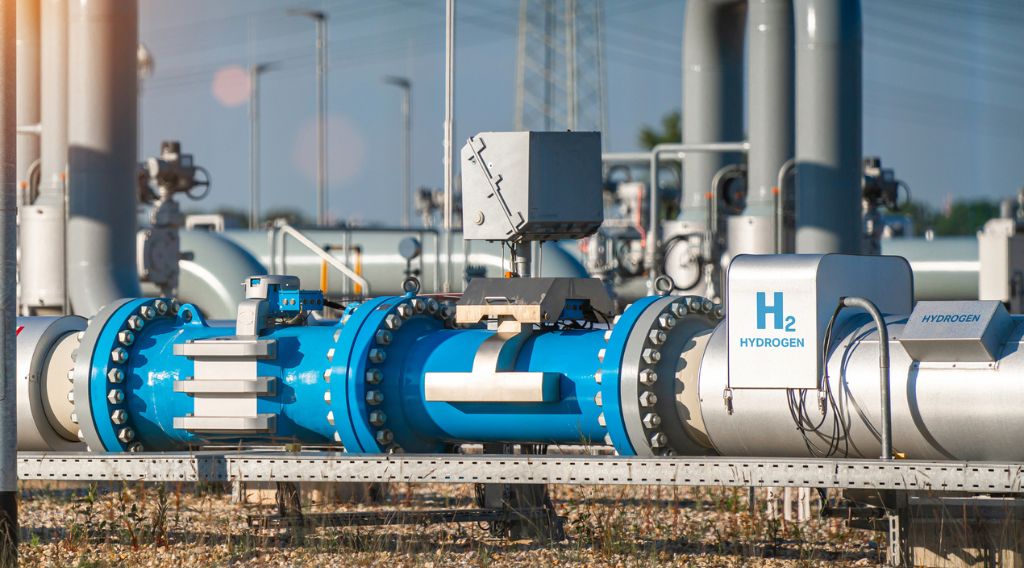
Across the US, states, cities, corporations, and utilities are placing an increased focus on electrification of energy loads as a primary pathway to decarbonization and setting ambitious renewable energy and carbon-free energy targets. This transition will require a major expansion of renewable energy capacity. To help communities prepare for such large-scale development, GPI developed model solar ordinances for five Midwestern states in 2021. In 2024, we have revamped the Illinois model solar ordinance to align with the state’s new Climate and Equitable Jobs Act (CEJA).
Market demand increasing for large-scale renewable energy
When we look at the levelized cost of energy (on a dollar per kilowatt-hour basis), wind and solar are the cheapest form of energy in the world and are projected to continue to decrease in cost—continuing to fuel greater demand for clean energy. The latest trend is for corporations and institutions to not only go 100 percent clean energy but to commit to clean energy every hour of the year.
The market is responding to this rapid acceleration of demand for renewables with hundreds of projects being proposed across the Midwest. Accelerating demand has already led to an unprecedented flood of applications for interconnection of utility-scale solar and wind across the Midwest.
Model solar ordinances help communities prepare for and encourage solar development
The Great Plains Institute works with local governments to help communities prepare for utility-scale renewable energy development. As a part of this effort, GPI has created five model solar ordinances with support from the US Department of Energy and the Energy Foundation. Model ordinances for Indiana, Iowa, Minnesota, and Wisconsin were updated in 2020; the Illinois model ordinance was updated in 2024 to reflect policies in the state’s newly passed CEJA bill.
Model solar ordinances help guide local governments in supporting and encouraging renewable energy development in their communities. Local governments can customize the provided zoning language for all scales of development, from rooftop to utility-scale solar installations. The model language addresses land use conflicts, methods for encouraging solar development, protecting access to solar resources, and solar energy standards.
Download the model ordinances here:
The Great Plains Institute is available to help states integrate and apply these model ordinances. For more information, email the Renewable Energy team at [email protected].
This blog post was updated on March 13th, 2024

